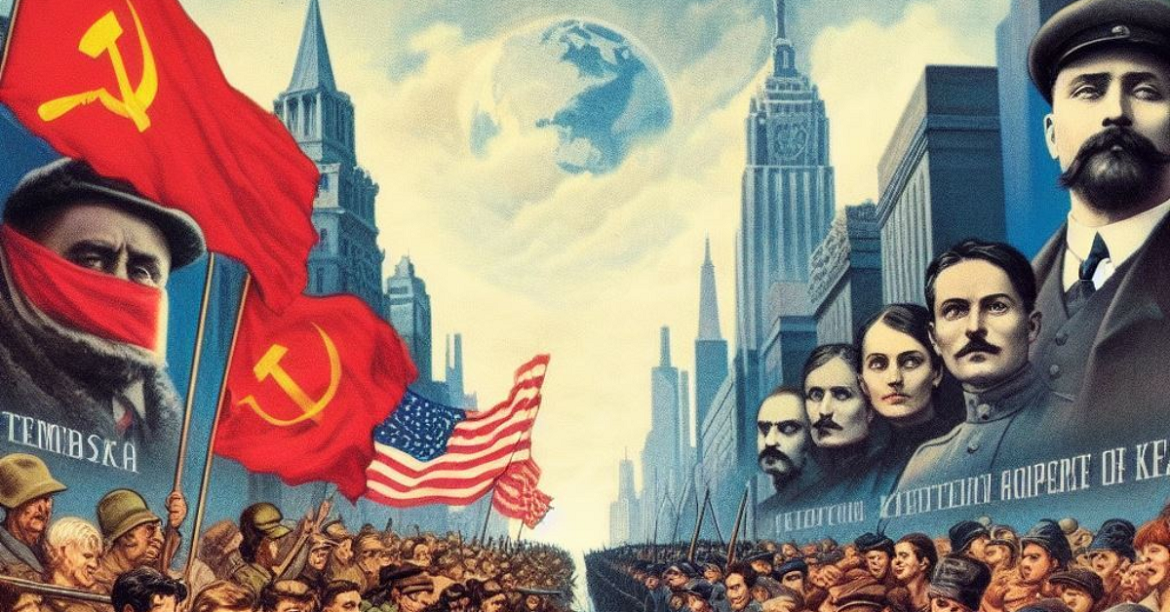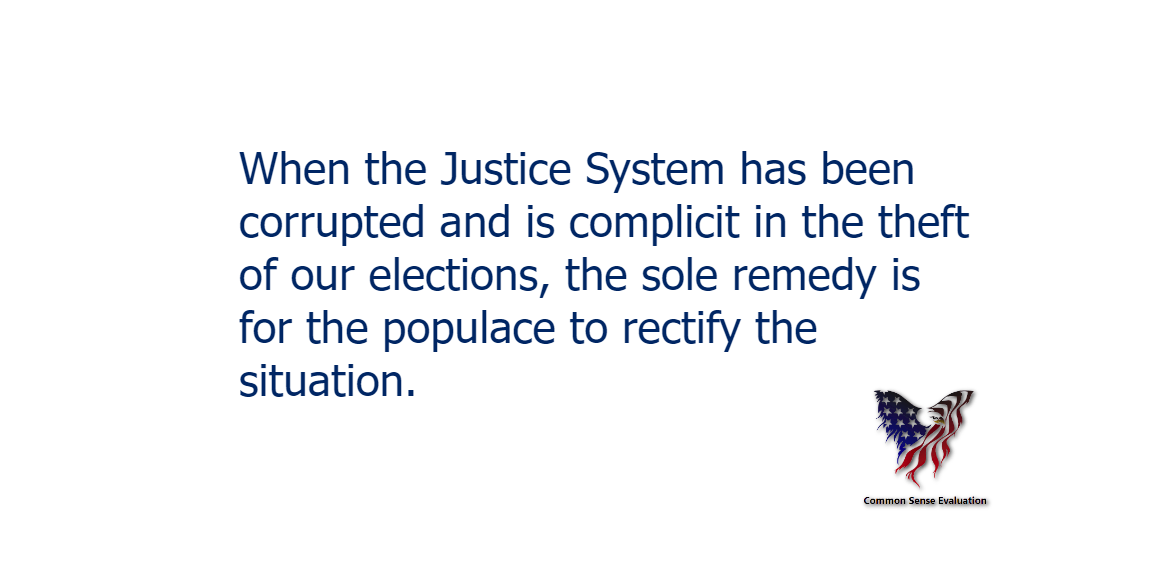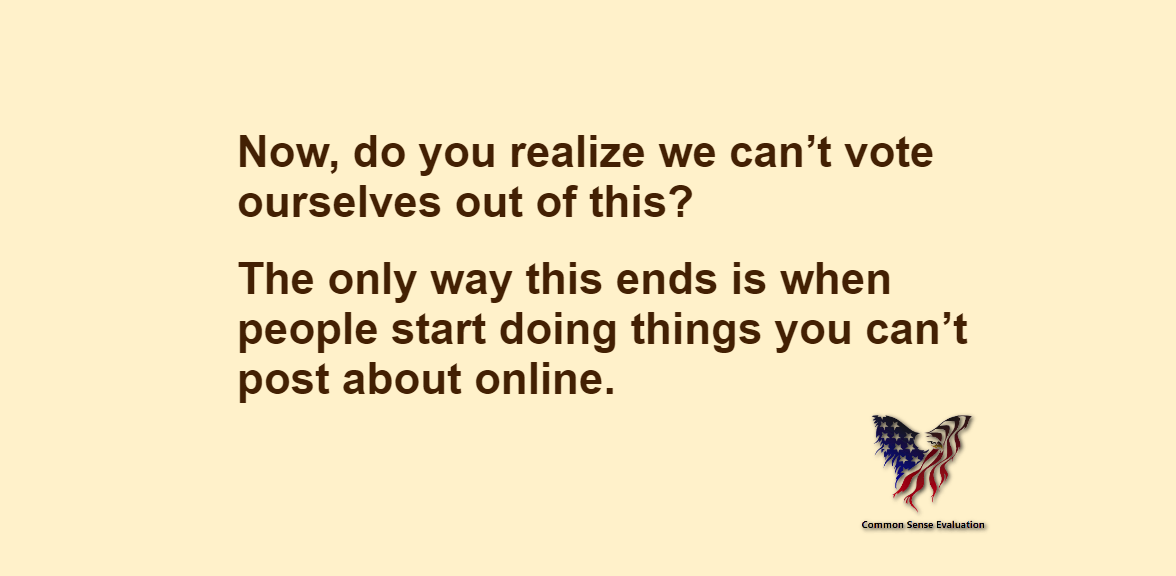In the turbulent aftermath of the 2016 U.S. presidential election and the divisive years that followed, politics often felt like a battlefield. Former Secretary of State Hillary Clinton recently stirred the pot by calling for the “formal deprogramming” of Trump supporters. Her choice of words raised eyebrows and sparked intense debate. This article explores the implications of such a statement and delves into the dark historical references associated with the idea of “deprogramming.”
Understanding the Call
Hillary Clinton’s call for “formal deprogramming” of Trump supporters understandably raised concerns among many, as it conjures up disturbing historical parallels. To comprehend the gravity of her statement, let’s first unpack the concept of “deprogramming.”
Deprogramming, in a political context, typically refers to the process of changing a person’s beliefs, typically through force or coercion, to align them with a particular ideology or viewpoint. It implies that individuals need to be “re-educated” to conform to a specific set of beliefs. The notion of deprogramming is not new and has been used by authoritarian regimes throughout history to control and manipulate their citizens.
Historical Examples of Deprogramming
To shed light on the dark inferences associated with the idea of “formal deprogramming,” let’s explore some historical examples of authoritarian governments subjecting their citizens to reeducation camps in a bid to mold their minds and control their actions.
- Soviet Union’s Gulags (1920s-1950s): The Soviet Union established a vast network of forced labor camps, known as the Gulags, where political dissidents, intellectuals, and perceived enemies of the state were sent. These camps aimed at “reforming” inmates through harsh labor, indoctrination, and isolation.
- Mao Zedong’s Great Proletarian Cultural Revolution (1966-1976): During this period in China, Mao Zedong unleashed a massive campaign aimed at purging “counter-revolutionaries” and “bourgeois elements” from society. This led to the creation of reeducation camps, where individuals were subjected to brutal physical and psychological abuse to force them to conform to the Communist Party’s ideology.
- Cultural Revolution in Albania (1967-1985): Under the leadership of Enver Hoxha, Albania underwent a radical transformation through a series of purges and forced reeducation. Intellectuals, religious figures, and perceived enemies of the state were subjected to indoctrination and forced labor.
- Khmer Rouge in Cambodia (1975-1979): Under the Khmer Rouge regime, led by Pol Pot, Cambodians were subjected to forced labor, mass executions, and “reeducation” camps. Those suspected of being intellectuals or having foreign ties were sent to these camps to be “re-educated” through torture and indoctrination.
- Vietnam’s Reeducation Camps (1975-1986): After the fall of Saigon, the communist government of North Vietnam established reeducation camps for former South Vietnamese military personnel, civil servants, and intellectuals. Inmates were subjected to forced labor and ideological indoctrination.
- Iraq under Saddam Hussein (1979-2003): Saddam Hussein’s regime in Iraq operated a system of prisons and detention centers where political opponents and perceived threats were subjected to torture and reeducation efforts to ensure loyalty to the Ba’ath Party.
- Cultural Revolution in Ethiopia (1974-1991): The Ethiopian Red Terror and Derg regime subjected individuals suspected of opposing the government to brutal reeducation programs, often resulting in torture and death.
- Bosnia and Herzegovina (1990s): During the Bosnian War, both sides of the conflict operated detention camps where prisoners were subjected to physical and psychological abuse, as well as attempts to change their political or ethnic allegiances.
- North Korea’s Prison Camps: North Korea has a long history of forced labor camps, where citizens deemed disloyal to the state are subjected to harsh conditions and ideological reprogramming. These camps are infamous for their brutality and the suppression of dissent.
The Dark Inferences
When Hillary Clinton called for “formal deprogramming” of Trump supporters, it triggered concerns that this could lead to government-sponsored attempts to change the political beliefs of a significant portion of the American population. The historical examples of reeducation camps and forced ideological conformity serve as cautionary tales, emphasizing the potential dangers of such an approach.
In a Republic like the United States, open and respectful dialogue should be the cornerstone of resolving political differences. Encouraging dialogue and understanding among citizens is a far cry from advocating for “formal deprogramming,” which carries the implicit threat of coercive measures.
The Slippery Slope
The use of the term “deprogramming” in a political context raises valid concerns about the potential for government overreach and infringement on personal freedoms. In a society that values individual liberty and freedom of thought, any proposal to forcibly change people’s beliefs should be met with resistance.
Moreover, the idea of “formal deprogramming” can be a slippery slope. What starts as an attempt to change one group’s beliefs may eventually expand to target other groups, setting a dangerous precedent for government intervention in matters of personal belief and ideology.
The Role of Empathy and Understanding
Instead of resorting to divisive language and authoritarian-sounding proposals, it is crucial for political leaders to foster empathy and understanding among citizens with differing viewpoints. A call for unity and dialogue, rather than “deprogramming,” can pave the way for healing and reconciliation in a deeply polarized society.
Closing Thoughts
Hillary Clinton’s call for the “formal deprogramming” of Trump supporters has ignited a firestorm of debate, casting a foreboding shadow over the future. As we explore the unsettling historical parallels of reeducation camps and ideological manipulation, it becomes evident that the implications of such a proposal are far from benign. In a society where individual freedoms are cherished, we must remain vigilant against any encroachment on personal beliefs. The specter of authoritarianism looms large when words like “deprogramming” are casually thrown into the political arena. In these uncertain times, the path we choose may lead us either towards unity through dialogue or down a treacherous road where the darkness of coercion and conformity could engulf us all.




